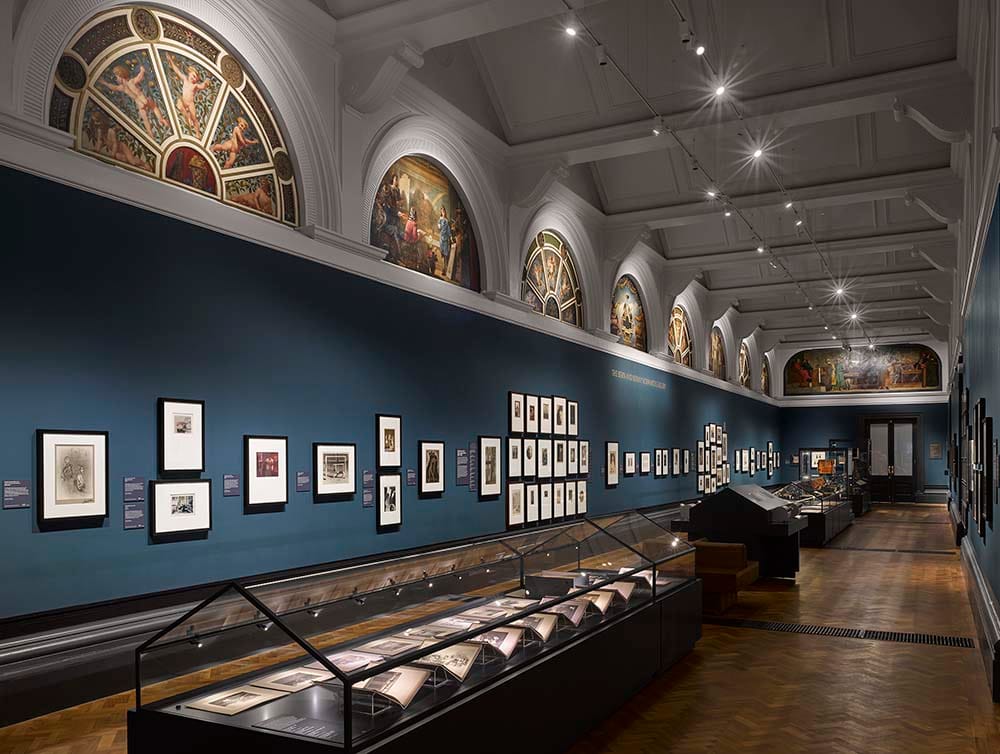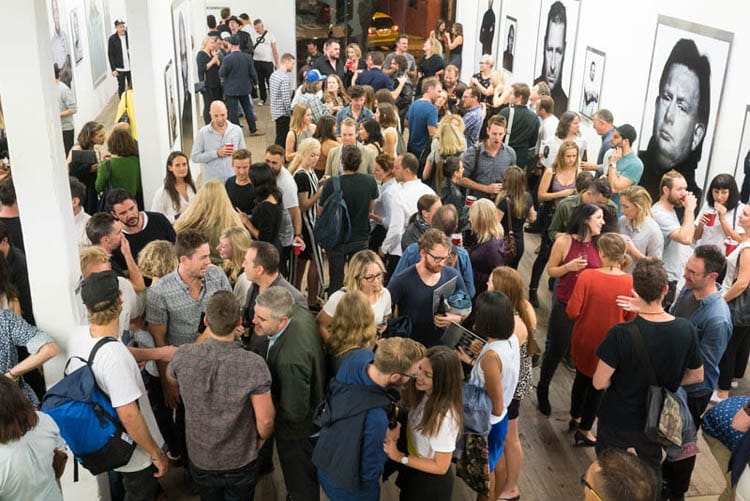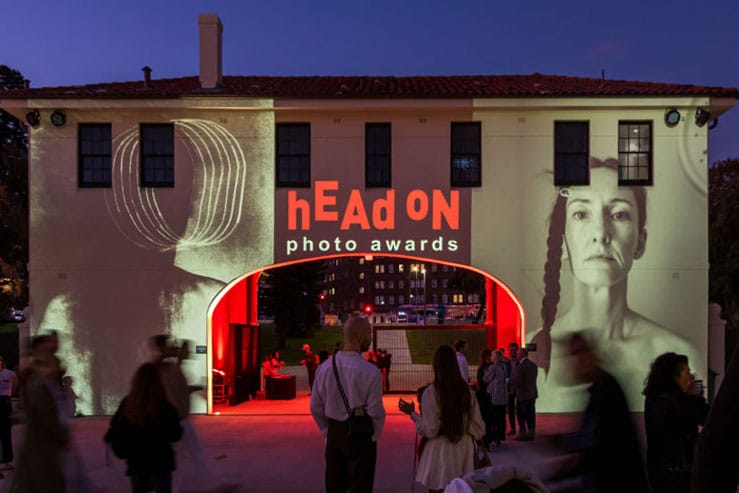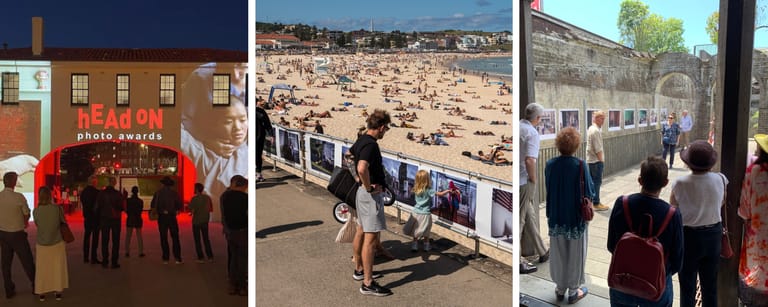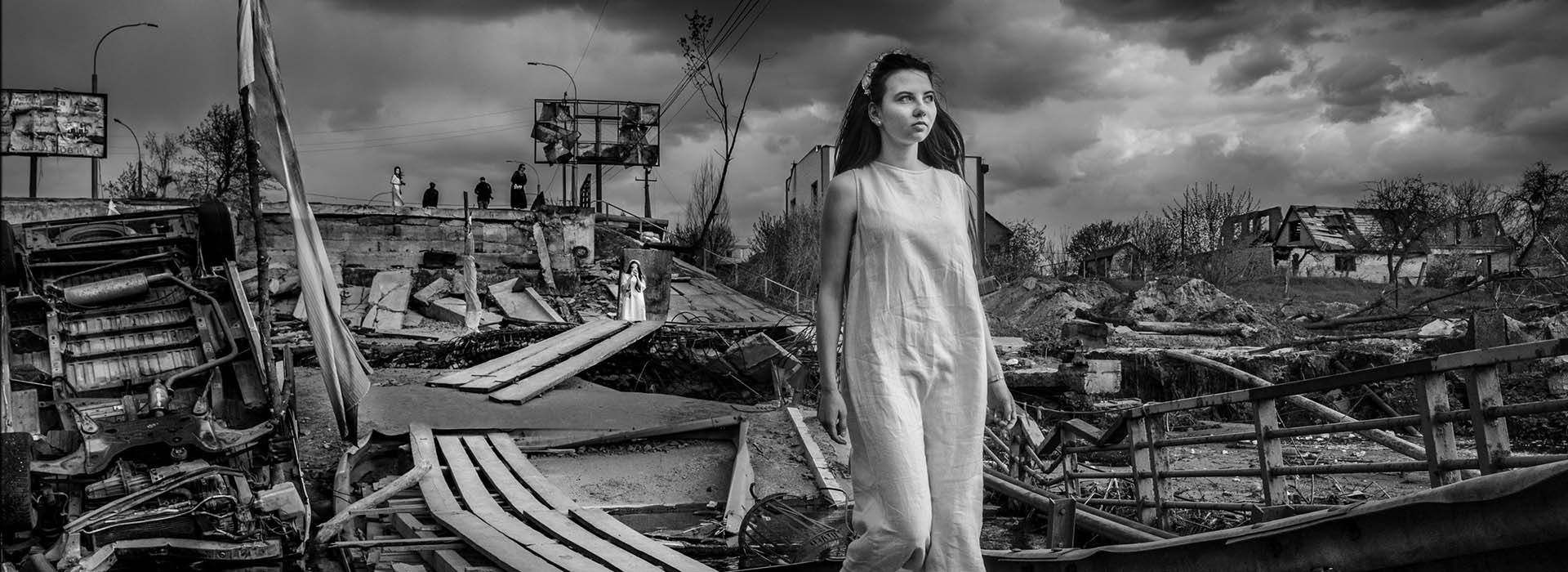Image credit: V&A Photography Centre, bespoke case displaying photographs by Linda McCartney and Mary McCartney, Gallery 101 © Will Pryce
Well, with our Award entries closed for the year and so many fantastic images submitted, we are excited to see exactly which ones our panel of esteemed judges will choose. Before that happens though, we are happy to sneak in another interview with one of our judges – today, we hear from Lisa Springer in London. Read on – it’s fascinating!
Please tell us a bit about yourself – who are you and what do you do?
I am Lisa Springer, photography curator at the Victoria and Albert Museum (V&A) in London.
The V&A is home to one of the world’s most important photography collections, which, as Curator for Touring Photography Exhibitions, I get to promote and exhibit across the world. The museum’s collection now consists of over 800,000 photographs, and I am currently leading the programme of special exhibitions, which will be touring in China and other international venues.
My work incorporates all aspects of exhibition planning, from idea to execution. Day to day can mean anything from content research, artist liaison, overseeing the instalment of exhibitions, giving talks and tours and more. Before joining the V&A, I was the Manager of the Prix Pictet Photography Award. I ran the global touring exhibitions programme for four years, collaborating with 50 leading photographers and 31 venues from New York to Tokyo.
I’m originally from Germany, where I’ve worked in museums before moving to London in 2013. I studied Art History and Cultural Studies in Hildesheim and Paris before being awarded a two-year training programme for photography curators run by the Alfried Krupp von Bohlen and Halbach Foundation.

Image credit: The V&A Photography Centre, The Sir Elton John and David Furnish Gallery © Will Pryce
Can you give an overview of one of your typical workdays?
My working day is typically varied. The global pandemic has undoubtedly impacted the way we work, with less commuting, more time in home offices and greater flexibility of working hours. One constant, however, is my 9am coffee and emails.
When I’m working from home, my day usually comprises drafting texts, writing proposals, researching for acquisitions and talking to artists, and the inevitable emails and Zoom catch-ups.
Suppose I am in the museum, far less frequently currently due to COVID. My day looks very different in that case, and you’ll most likely find me in the stores looking for photographs or in the gallery overseeing the installation of exhibitions.
When I have a spare moment, I am looking out for new work which might be something for a future acquisition, which could complement our existing holdings, fill gaps in the collection and connect to the programme of forthcoming exhibitions and displays.
Dealing with artists is one of the highlights of my job, and I am currently working on the rehang of the Photography Centre, where we will be displaying recent acquisitions from the V&A’s permanent collection. The works chosen include photographs [and objects?] from artists known internationally and emerging talent. I can’t wait to celebrate with artists and colleagues when we unveil our new display this November.
What skills are required or personal attributes essential for success in your position?
At the centre, I would say adaptability is fundamental. Particularly in the last year, this skill has been crucial to navigate the ever-changing and unpredictable environment. Alongside that, large amounts of enthusiasm and initiative. Working collaboratively with teams from all areas of the museum and externally is essential alongside that diplomacy and the ability to be flexible and communicate effectively with multiple people and stakeholders. A love of detail also helps.

Image credit: V&A Photography Centre, The Bern and Ronny Schwartz Gallery © Will Pryce
What parts of your job do you find most challenging? Enjoyable?
The uncertainty and lasting impacts of the pandemic on museums and the arts is probably the biggest challenge we currently face. In such a short amount of time, our everyday lives altered radically and consequentially the landscape for museums and the arts will be changed indefinitely.
Institutions were closed, cinemas shut, and vast swathes of creative output migrated online. It was tough to see so many photography exhibitions, festivals or commissions being postponed or even cancelled, especially knowing how much work is involved behind the scenes to make these things happen.
On the other hand, it’s fantastic to see how creative and adaptable the art world can be. Photographers, galleries, and festivals all pivoted to take full advantage of our new online lives. I have enjoyed seeing so much more and ‘travel’ so far, all from the sofa in my London flat. We have seen before and will continue to see that when things get bad, the arts become more creative, more ingenious, and more important for everyone.
Who or what should we be looking out for in the field today?
I am most excited about the new generation of photographers. Dynamism and photography have always been interwoven. The pandemic has changed the way we approach photography and the perspectives of the photographers. Image-making technology is reaching out into many new directions at once and at speed, with the medium also becoming far more accessible and an integral part of modern society. The pandemic has also altered artistic practices to take more time over projects and give a new perspective, as major societal changes have always done.
This has culminated in many opportunities for younger generations who are already developing even more innovative and exciting born-digital practices with the medium.
That being said, there is still a fresh and calming quality to the more traditional approaches that provide the counterbalance for the momentum of the digital age.
Our thanks go to Lisa for this excellent interview. We hope you have enjoyed this and all the other interviews available to read on our blog.
If you enjoy our blog and other information we offer, please consider donating before the end of the financial year to help us continue to bring you great art and content in future. Donations over $2 are tax-deductible for Australians.

Image credit: V&A Photography Centre, bespoke case displaying photographs by Linda McCartney and Mary McCartney, Gallery 101 © Will Pryce








